Calamansi Juice has been my go-to drink since childhood, but it became my absolute lifesaver when I started working. Every morning, I'd squeeze fresh calamansi into warm water (just like my Lola Norma taught me), and this simple ritual has kept me healthy through countless flu seasons.
There's something incredibly comforting about that perfect balance of sweet and tangy that store-bought vitamin C supplements just can't match. Plus, when Manila's heat becomes unbearable, nothing beats an ice-cold glass of this citrusy juice.
I've probably made this homemade calamansi juice recipe hundreds of times (and experimented with countless variations), and I'm excited to share my tried-and-tested version with you.
This recipe brings that authentic Filipino citrus flavor right to your kitchen. Trust me, once you try making it yourself, those expensive bottled versions will start collecting dust in your pantry.
What is Calamansi?
Calamansi (Citrofortunella microcarpa) is a citrus fruit native to the Philippines. Known as "liquid gold" in Filipino cuisine, this small, round citrus combines the tartness of lime with subtle notes of orange and mandarin, creating a unique flavor profile that's distinctively Filipino.
Jump to:
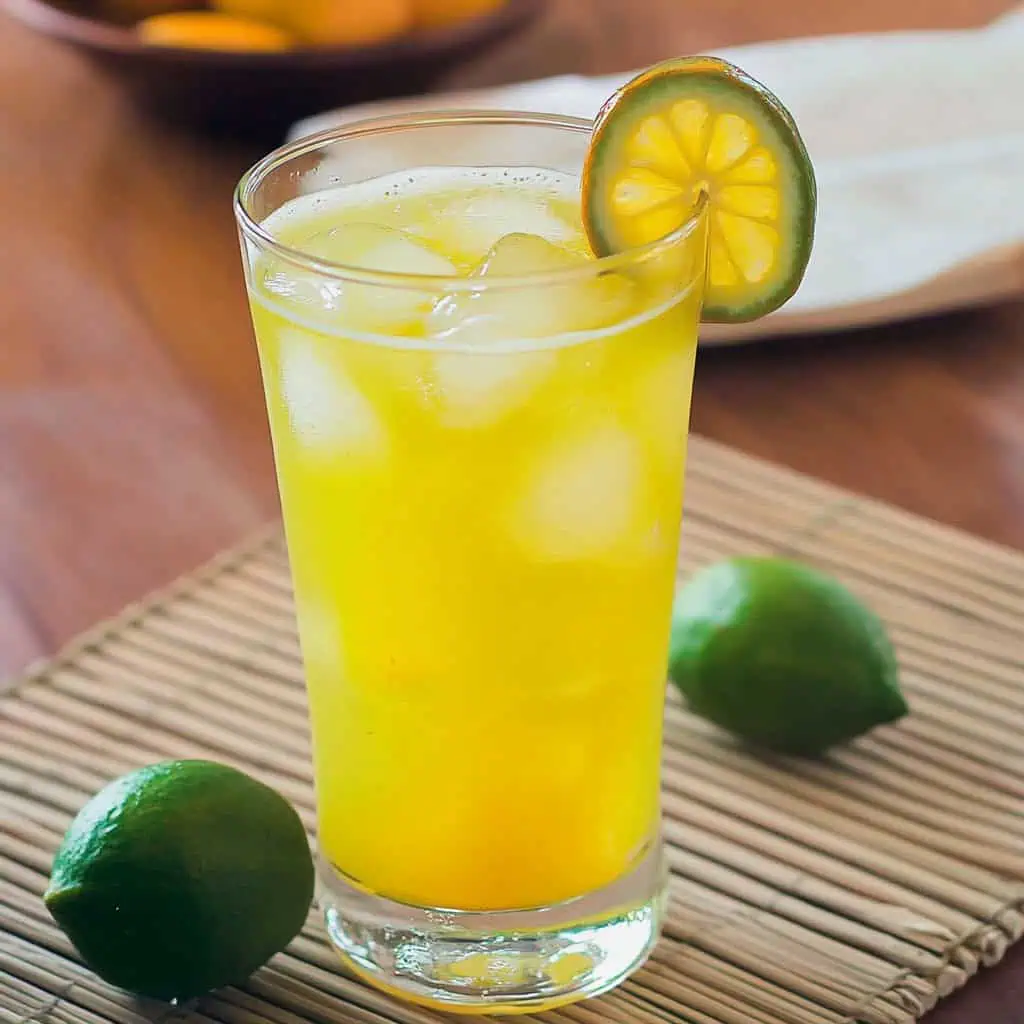
Why You'll Love This Recipe
- Authentically Filipino: Experience the true taste of Philippine citrus just like how Lola makes it
- Simple Yet Sophisticated: Only 3 ingredients transform into a premium refreshment
- Health Benefits: Packed with Vitamin C and antioxidants
- Versatile: Perfect for any occasion, from breakfast to midnight cravings
- Cost-Effective: Make restaurant-quality juice at a fraction of the price
- Customizable: Easy to adjust sweetness to your preference
Ingredients
These three simple ingredients—calamansi, sugar, and water—create the perfect balance in this traditional Filipino refreshment. The calamansi provides a unique citrus flavor that's both tangy and slightly sweet, offering natural vitamin C and antioxidants that store-bought drinks can't match.
The sugar transforms into a simple syrup that smoothly integrates sweetness throughout the drink while preserving the fruit's distinctive taste. Water dilutes the concentrated flavors to a pleasant strength without diminishing the calamansi's character.
This minimal ingredient list stays true to the authentic recipe passed down through generations of Filipino families, proving that sometimes the simplest combinations create the most memorable flavors.
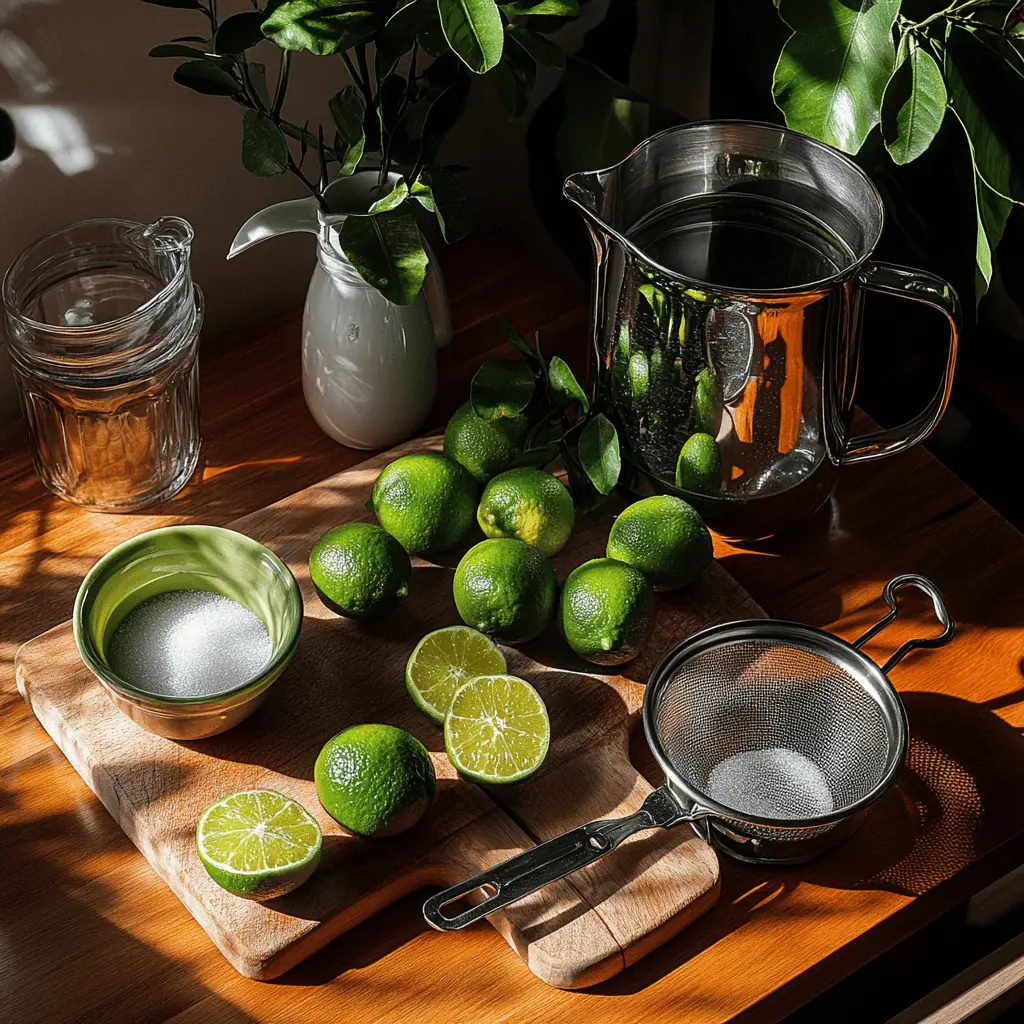
- 20-25 pieces fresh calamansi (about 1 cup juice)
- ¾ cup white sugar
- 4 cups water (1 cup for simple syrup, 3 cups for dilution)
Equipment
- Citrus juicer or hand press - For efficiently extracting juice from the calamansi fruits without too much effort
- Fine-mesh strainer - To remove seeds and pulp, ensuring a smooth juice
- Saucepan - For making the simple syrup
- Pitcher - For mixing and storing the finished juice
- Measuring cups - To ensure proper ratios of ingredients
- Wooden spoon - For stirring the simple syrup without scratching your cookware
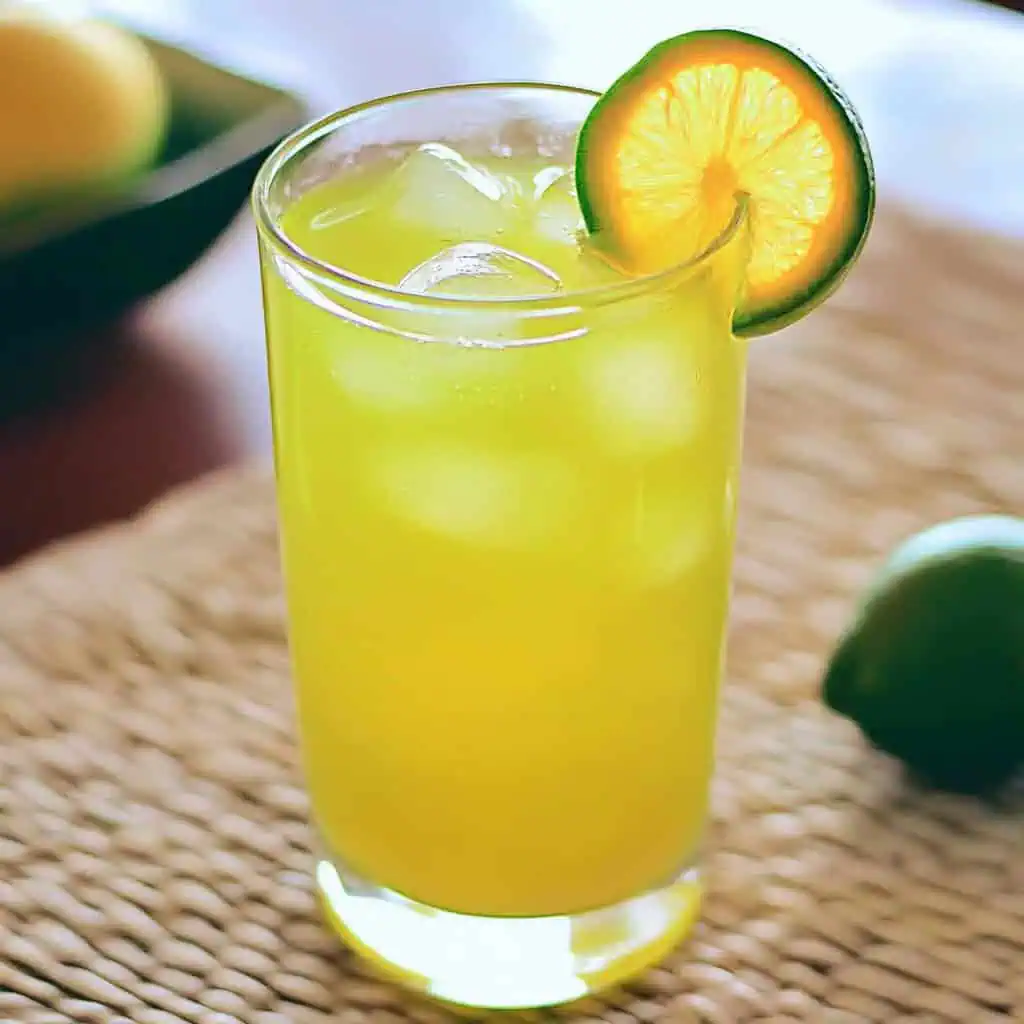
How To Make
- Begin by making the simple syrup. In a saucepan, combine sugar with 1 cup of water. Heat over medium heat, stirring constantly until the sugar dissolves completely. Remove from heat and let it cool entirely to room temperature.
- While the syrup cools, prepare the calamansi fruits. Wash them thoroughly, then roll each fruit on the counter using gentle pressure to help release more juice. Cut each calamansi in half crosswise.
- Extract the juice using a citrus juicer or hand press. If pressing by hand, avoid squeezing too hard to prevent bitter flavors from the pith. Strain the juice through a fine-mesh strainer to remove seeds and pulp.
- Once the simple syrup has cooled completely, combine it with the strained calamansi juice in a pitcher. Add the remaining 3 cups of water and stir well to combine. Taste and adjust sweetness if needed by adding more simple syrup or water.
- For best results, chill the juice thoroughly before serving. Serve in tall glasses over ice, optionally garnished with fresh calamansi slices or mint leaves.
- For warm calamansi juice (traditional morning drink), simply mix the juice and syrup with hot water instead of cold.

Tips from Lola's Kitchen
- Choose ripe, yellow-orange calamansi for maximum juice yield and sweeter flavor
- Roll the fruits firmly on the counter before cutting to break membranes and release more juice
- Add a pinch of salt to enhance the flavors without making it salty
- Use filtered water for better taste and clarity
- Chill glasses before serving for extra refreshment
- For a more intense flavor, zest some of the calamansi skin and add it to the simple syrup while it's hot
- Let freshly squeezed juice sit for 5 minutes before straining to allow flavors to develop
Substitutions
- Calamansi: Key limes or regular limes can work (use 4 limes for every 20 calamansi)
- Sugar: Honey, stevia, or agave nectar can replace white sugar (adjust quantities to taste)
- Fresh fruits: Bottled calamansi juice can be used in a pinch (use ¾ of the amount called for)
- Simple syrup: Condensed milk works beautifully for a creamier version (use 2-3 tablespoons)
- Water: Coconut water adds a tropical twist
- Ice: Frozen calamansi juice cubes prevent dilution as they melt
Troubleshooting
Too Sour
- Add more simple syrup gradually, 1 tablespoon at a time
- Increase water ratio slightly
- Add a tiny pinch of baking soda to neutralize acidity
Too Sweet
- Add fresh calamansi juice incrementally
- Dilute with more water
- Add a splash of unsweetened lime or lemon juice
Bitter Taste
- Avoid squeezing calamansi too hard; gentle pressure is enough
- Remove white pith before juicing if extremely bitter
- Use riper fruits next time; greener fruits tend to be more bitter
- Make sure syrup has completely cooled before mixing
Cloudy Appearance
- Let juice settle before serving
- Double-strain through cheesecloth for extra clarity
- Accept that homemade juice is naturally cloudy (that's where the nutrients are!)
Storage & Reheating
- Refrigeration: Store in an airtight container for up to 7 days
- Freezing: Pour into ice cube trays and freeze for up to 3 months; perfect for quick single servings
- Safety: Do not store at room temperature for more than 2 hours
- Preparation: Shake well before serving as natural separation occurs
- Refreshing: To revive refrigerated juice, add a squeeze of fresh calamansi and stir well
- Reheating: For warm calamansi juice, heat gently in a saucepan but do not boil to preserve vitamin content
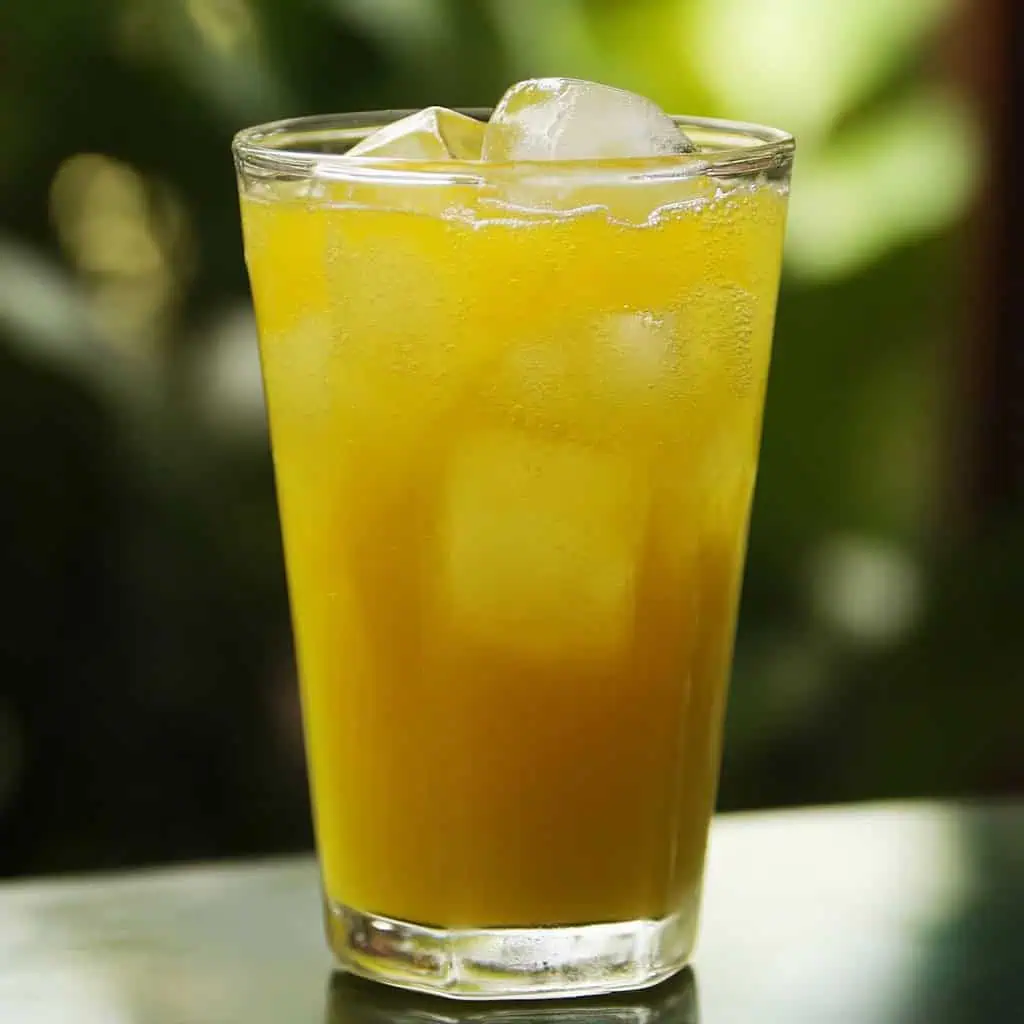
FAQ
Can I make this sugar-free?
Yes, use stevia, monk fruit sweetener, or erythritol to taste. Start with less than you think you need and adjust gradually.
How many calamansi fruits make one cup of juice?
Approximately 20-25 medium-sized fruits, though this varies depending on juiciness and size.
Can I use bottled calamansi juice?
Yes, but fresh juice provides better flavor and more nutrients. If using bottled, choose brands without preservatives.
Is calamansi juice healthy?
Yes! It's rich in Vitamin C, antioxidants, and may help with digestion, immune function, and skin health.
How do I know if calamansi is ripe?
Look for fruits that are yellow-orange in color with slight give when gently squeezed. Fully green fruits are unripe and more sour.
Can I drink this daily?
Yes, but be mindful of sugar content. Consider reducing sugar or using alternatives if consuming daily.
Can pregnant women drink calamansi juice?
Yes, in moderation. The vitamin C is beneficial, but check with your doctor if you have specific health concerns.
How can I make this for a party?
Multiply the recipe as needed and keep cold in a punch bowl. Provide a separate container of simple syrup so guests can adjust sweetness.
Related
Looking for other recipes like this? Try these:

Filipino Calamansi Juice (Kalamansi Juice)
Equipment
- Citrus juicer or hand press (paniga ng kalamansi)
- Fine-mesh strainer (salaan)
- Saucepan (kaserola)
- Pitcher (pitsel)
- Measuring cups (panukat)
- Wooden spoon (kutsarang kahoy)
Ingredients
- 20-25 pieces fresh calamansi about 1 cup juice
- ¾ cup white sugar asukal
- 4 cups water tubig (1 cup for simple syrup, 3 cups for dilution)
Instructions
- Begin by making the simple syrup (paggawa ng simple syrup). In a saucepan (kaserola), combine sugar (asukal) with 1 cup of water (tubig). Heat over medium heat (katamtamang init), stirring constantly until the sugar dissolves completely. Remove from heat and let it cool entirely to room temperature.
- While the syrup cools, prepare the calamansi fruits. Wash them thoroughly (hugasan mabuti ang mga kalamansi), then roll each fruit on the counter using gentle pressure to help release more juice. Cut each calamansi in half crosswise.
- Extract the juice using a citrus juicer or hand press (paniga ng kalamansi). If pressing by hand, avoid squeezing too hard to prevent bitter flavors from the pith. Strain the juice through a fine-mesh strainer (salaan) to remove seeds and pulp.
- Once the simple syrup has cooled completely, combine it with the strained calamansi juice in a pitcher (pitsel). Add the remaining 3 cups of water and stir well to combine (haluing mabuti). Taste and adjust sweetness if needed by adding more simple syrup or water.
- For best results, chill the juice thoroughly before serving. Serve in tall glasses over ice, optionally garnished with fresh calamansi slices or mint leaves. The juice should be consumed within 24 hours for optimal taste and vitamin content, though it can be stored in the refrigerator for up to 7 days.
- For warm calamansi juice (traditional morning drink), simply mix the juice and syrup with hot water instead of cold.
Tips from Lola's Kitchen
- Choose ripe, yellow-orange calamansi for maximum juice yield
- Roll fruits on the counter before cutting to release more juice
- Add a pinch of salt to enhance flavors (sikreto ni Lola)
- Use filtered water for better taste
- Chill glasses before serving for extra refreshment
Nutrition
The Story Behind Traditional Filipino Calamansi Juice
Growing up in the Philippines, calamansi juice wasn't just a beverage – it was a daily ritual that connected generations. This citrus drink, made from native Philippine limes (Citrofortunella microcarpa), has been a household staple long before commercial beverages entered Filipino homes. In every garden, you'd find at least one calamansi tree, its branches heavy with small, round fruits waiting to be transformed into this beloved refreshment.
The tradition of making calamansi juice dates back to the Spanish colonial period when Filipinos discovered that mixing the juice of this native citrus with simple syrup created a perfectly balanced drink that could combat the tropical heat. Unlike regular lemonade or limeade, calamansi juice offers a unique flavor profile that combines the tartness of lime with subtle orange undertones – a taste that's distinctively Filipino.
In modern Filipino cuisine, calamansi juice has evolved from a simple home refreshment to a versatile beverage served everywhere from humble carinderias to high-end restaurants. Street vendors sell it in plastic bags with ice, while upscale establishments offer it as a sophisticated welcome drink garnished with mint leaves. Its popularity has even spread internationally, with Filipino restaurants worldwide featuring it as an authentic taste of the Philippines.
What makes this juice truly special is its deep connection to Filipino wellness traditions. Our grandmothers would serve it warm with honey for coughs, cold with crushed ginger for summer heat, or fresh-squeezed over salads for vitamin C. Many Filipinos start their day with a glass of warm calamansi juice, believing in its natural detoxifying properties and immune-boosting benefits.
Today, while you can find bottled versions in Asian markets, nothing compares to the experience of squeezing fresh calamansi fruits and crafting this drink by hand. The process itself – from selecting the ripest fruits to adjusting the sweetness to your family's taste – is a cherished ritual that continues to bring Filipino families together, one refreshing glass at a time.
Whether you're seeking an authentic Filipino beverage, a natural vitamin C boost, or simply a unique twist on traditional lemonade, calamansi juice offers a taste of the Philippines that's both refreshing and rich in cultural heritage. This simple yet beloved drink proves that sometimes, the most memorable flavors come from the simplest ingredients combined with generations of tradition.
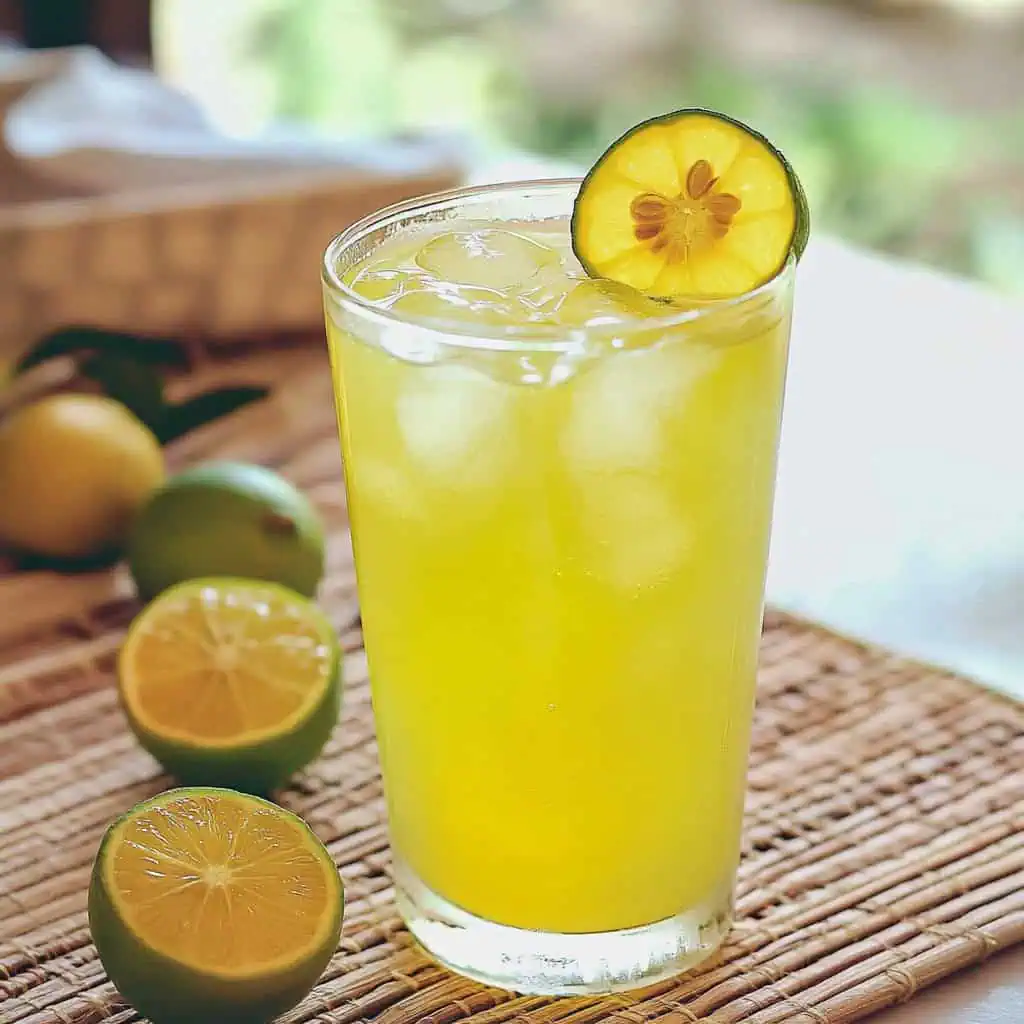

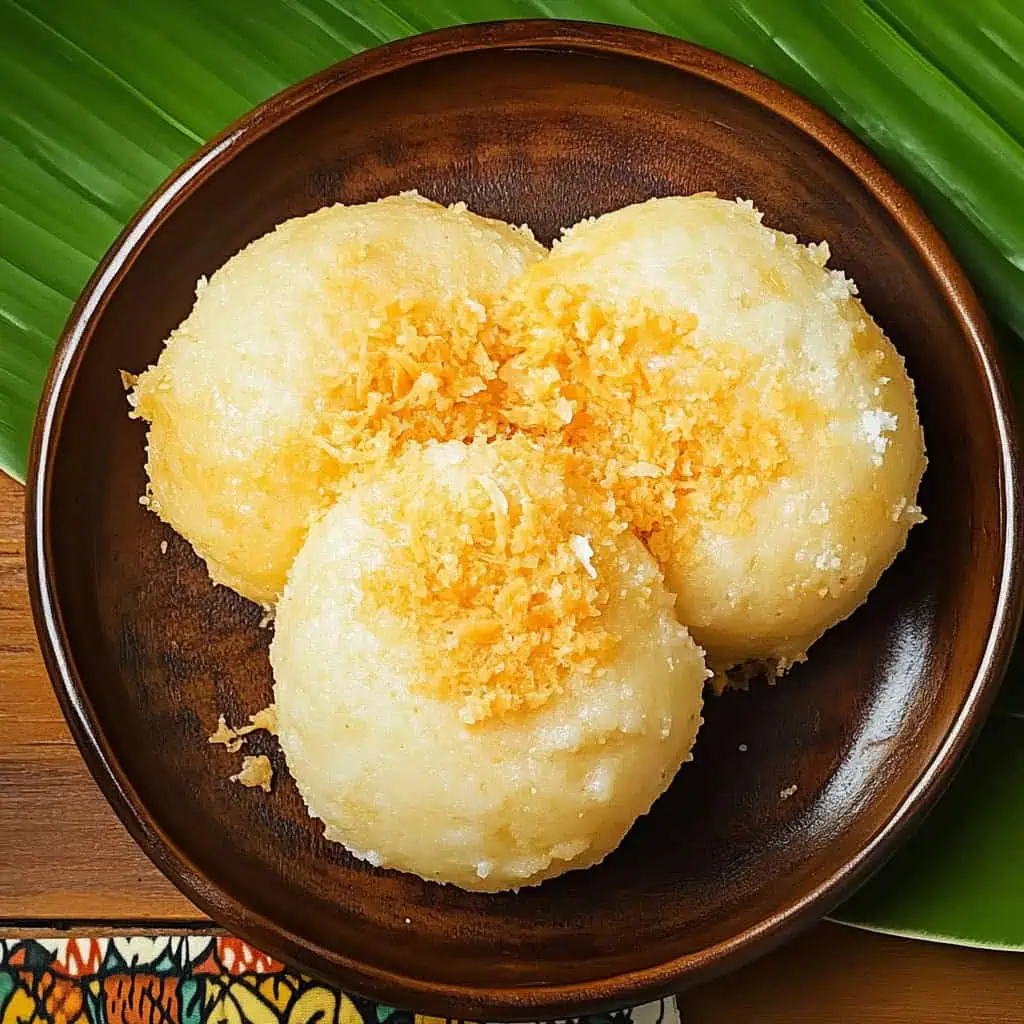
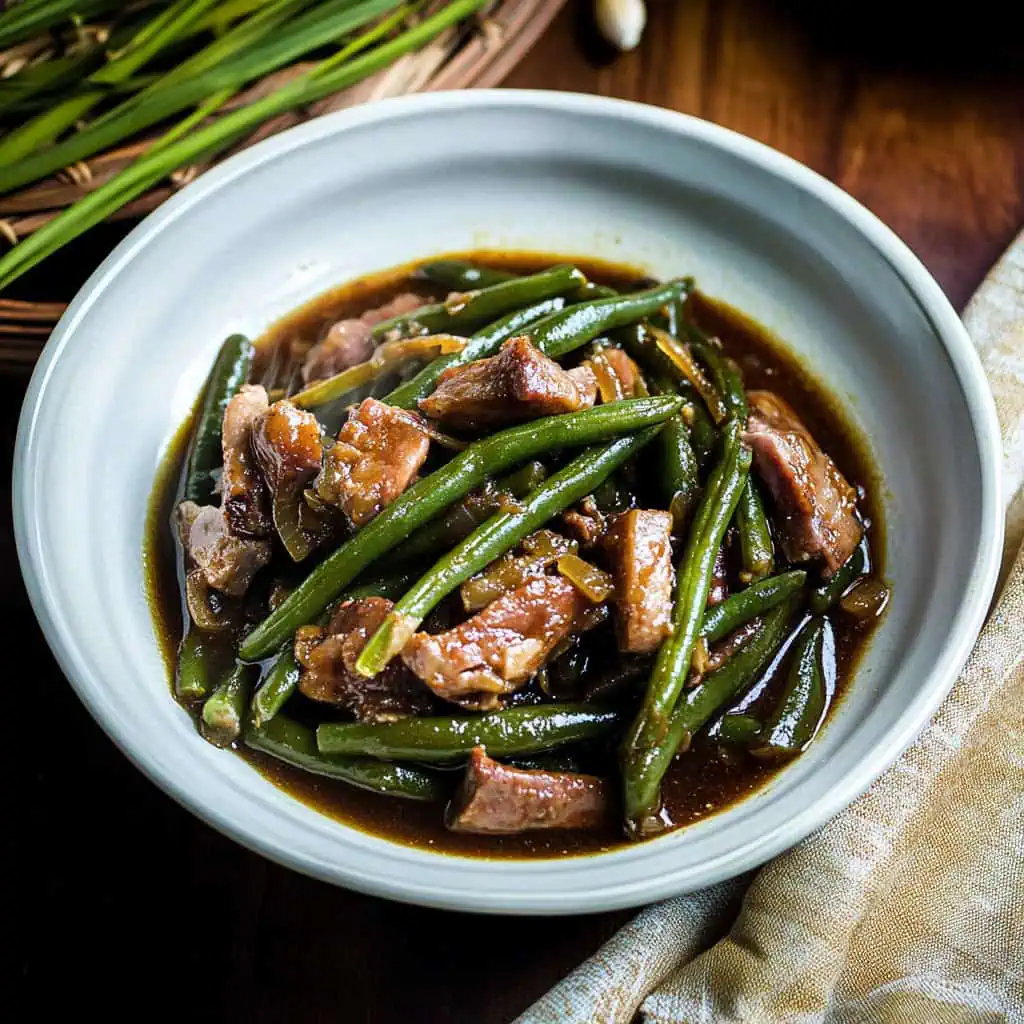
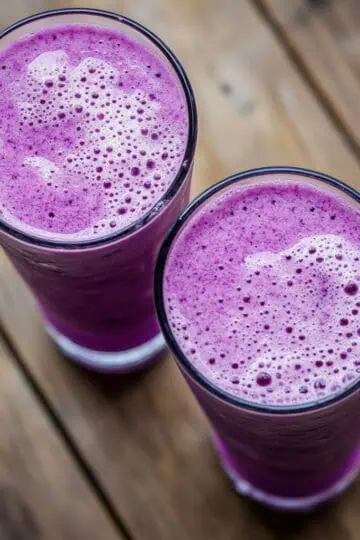
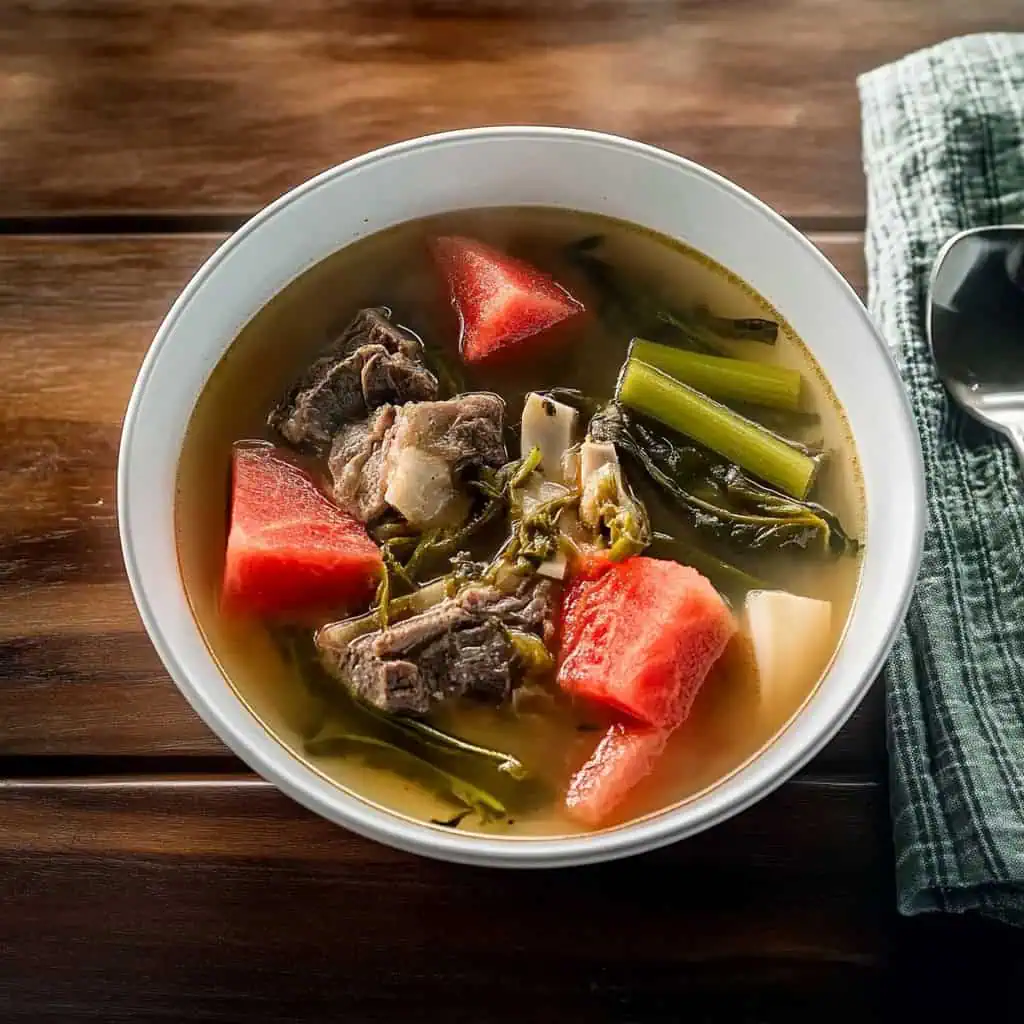




Comments
No Comments